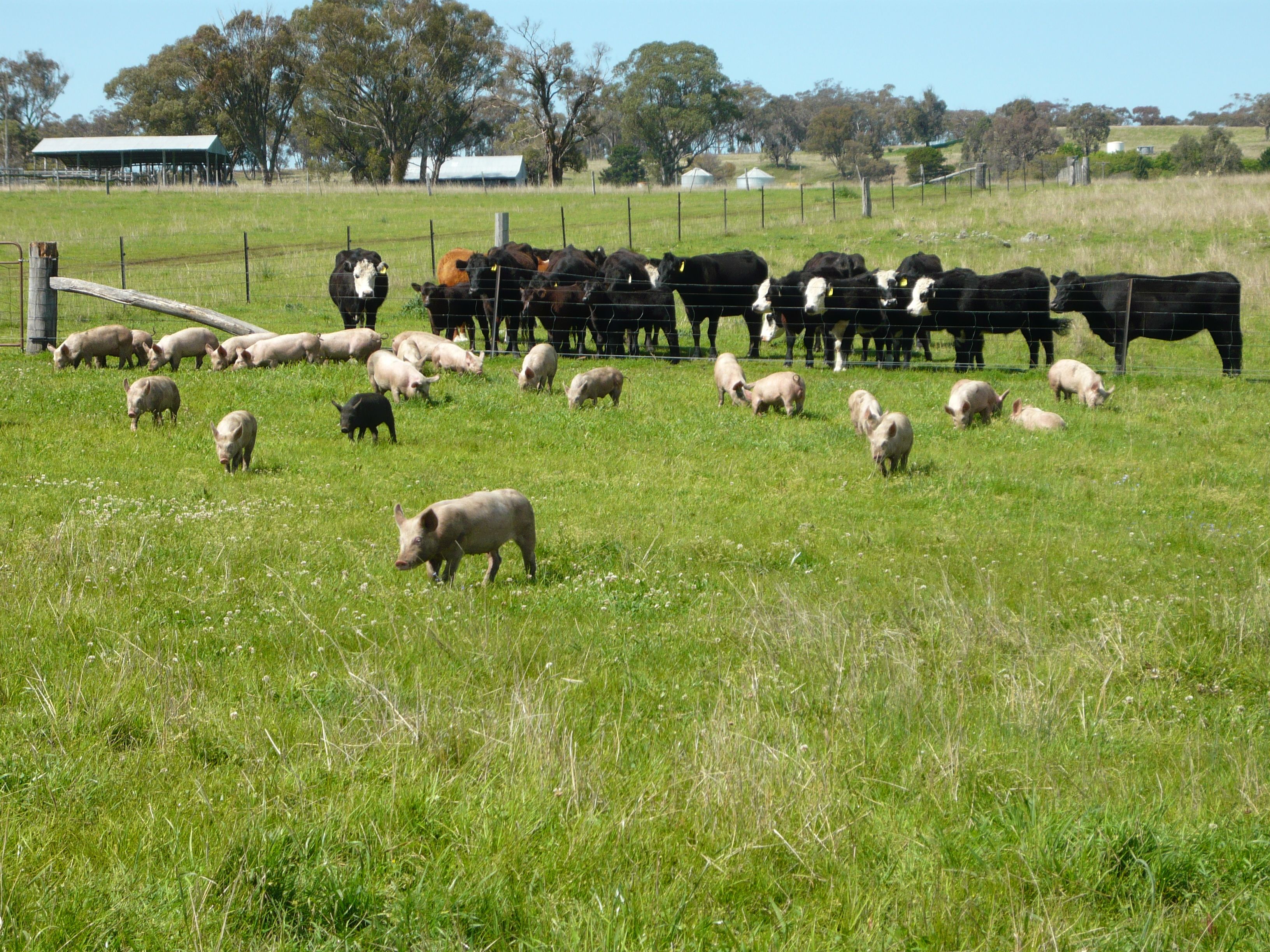
Why We Are What We Eat, Eats
One of the most memorable meals I have cooked is chilli mud crabs. I had caught the crabs myself, by wading through mangroves with friends at night with a torch and hand net near Port Macquarie. Alison and I cooked them the next evening for friends who we had rung at the last minute to come and enjoy the bounty. The hunter and gatherer in me was running high and the satisfaction of providing the meal that my friends were now enjoying was one of the simplest pleasures in life. But included in this process is the killing of the crabs. As far as this process goes, crabs are quite easy; in the freezer for a couple of hours and they see their end… but crabs are ugly, smell a bit and not at all cute not like other animals…
Often when talking with customers about our product, I find myself aware of the language I am using to describe the animal before slaughter. Sometimes I can see the need for disassociation on the customers face, thinking of the lamb and looking at the chops in my hand. The concept of knowing the animal before slaughter, then eating it can disgust some customers. Yet I can only assume that at least part of the reason customers purchase from us is the quality of our product. To me, knowing where our product came from is why we can be so confident that we have such a great product.
Society has removed the association between what we eat and where it comes from. For many people, meat comes off a shelf and the thought of the lamb in the paddock and the cutlet they’re eating is far apart, yet alone the processes in between.
These are the basic concepts of life, and death no matter how humane, disturbs some people. Our place in the food chain is cemented, and our evolution as a race has been hinged on the principles of good nutrition, and as meat doesn’t grow on trees it has to be slaughtered. It’s not a process that I have ever enjoyed but one that is necessary to provide meat for our consumption.
From an early age we milked our own cows, grew our own veggies and slaughtered our own product (there I go again). Lamb and three veg was the staple for years and even now that’s the majority of my cooking. I can look at the plate and tell what everything is, and where it comes from. That’s how I like it and how I believe it should be.
However, we can’t assume that all meat has the same benefits for us and our families. We are what we eat, and as Michael Pollan writes in In Defence of Food, “We are what we eat, eats” (thanks to Anne-Lii for referring this book to us).
The analogy I often use is one between a person purchasing a second hand car, and the purchase of meat or veg at, dare I say it, a supermarket. When buying a car you ask all the questions; Service history? Prangs? How many owners? Yet most people put food in the trolley without even a thought of where it has come from, what it has been fed or eaten, or the condition of its surroundings and environment. To me these are critical questions.
Next time you shop outside the markets ask the seller; where does the product come from? How did it get here? Who is responsible for growing it? Did it live well and was it slaughtered humanely? Don’t be surprised if you get blank looks.

